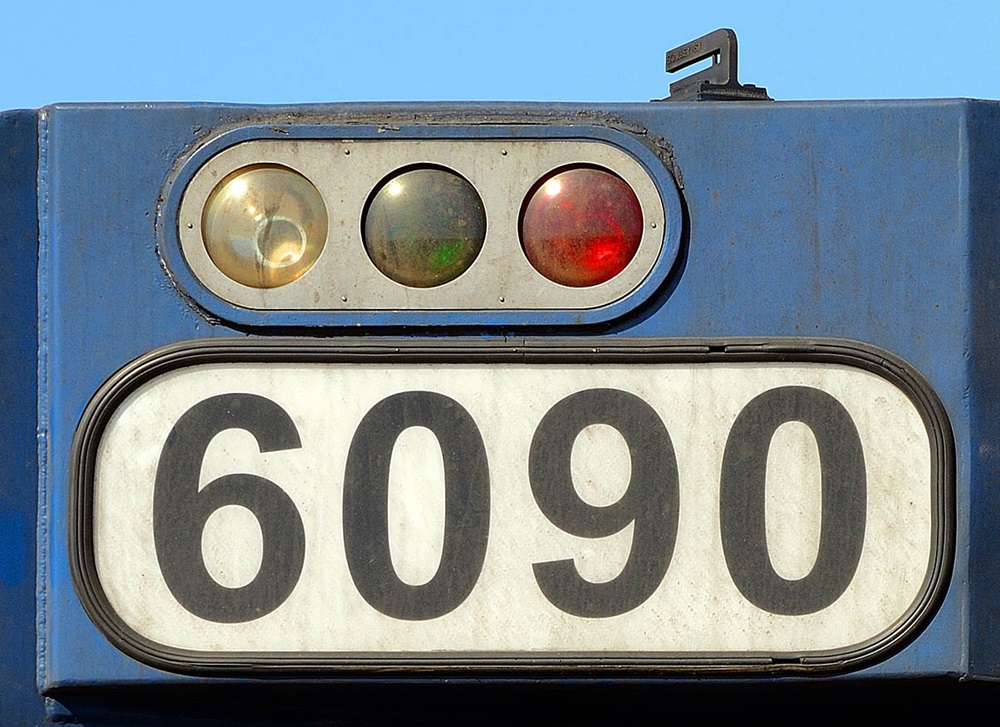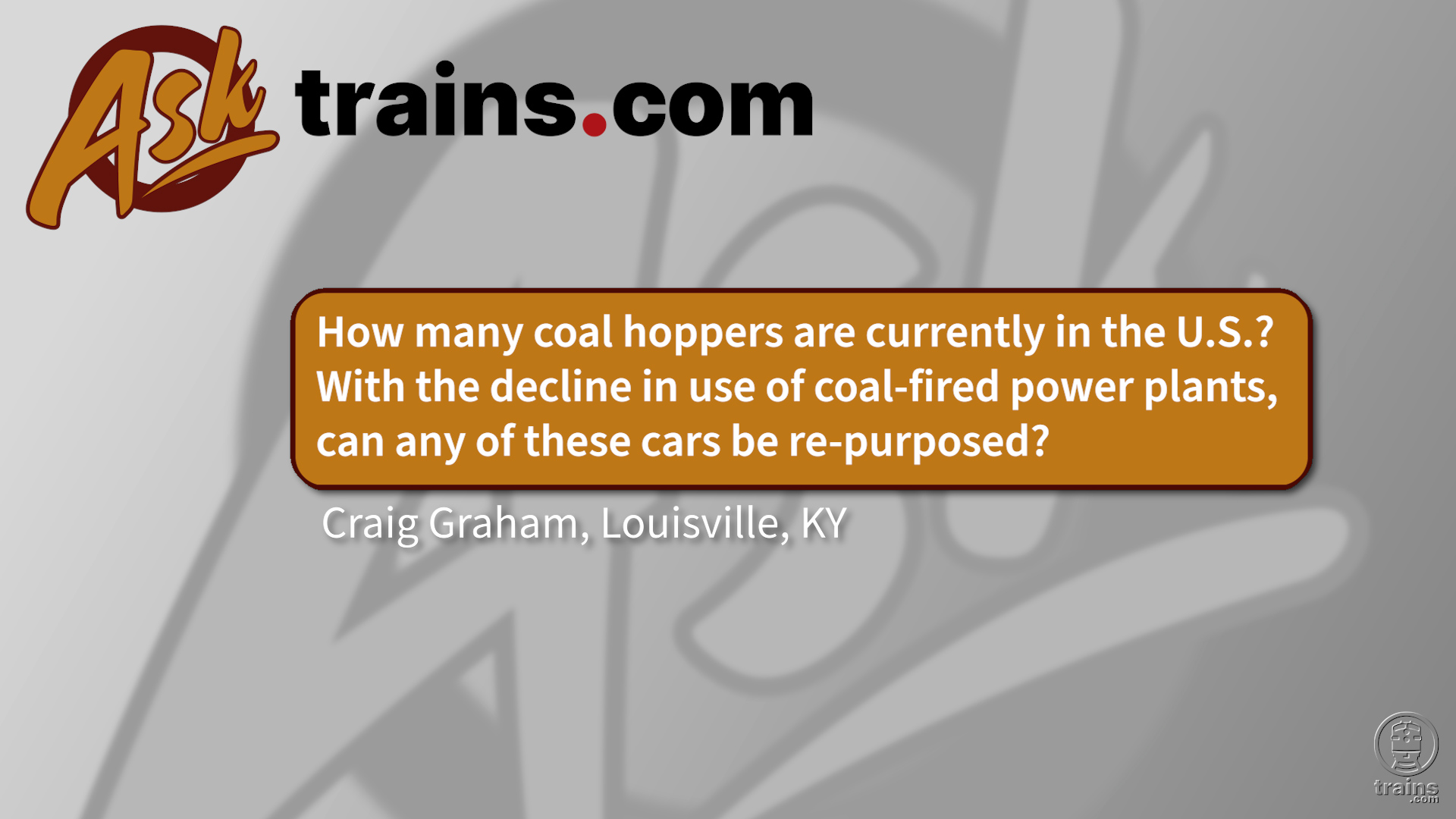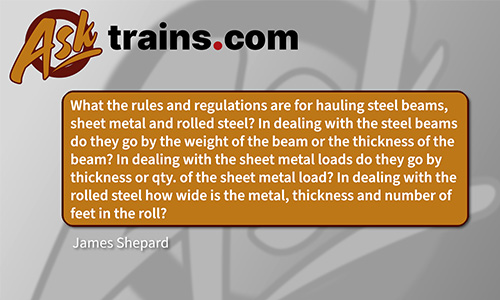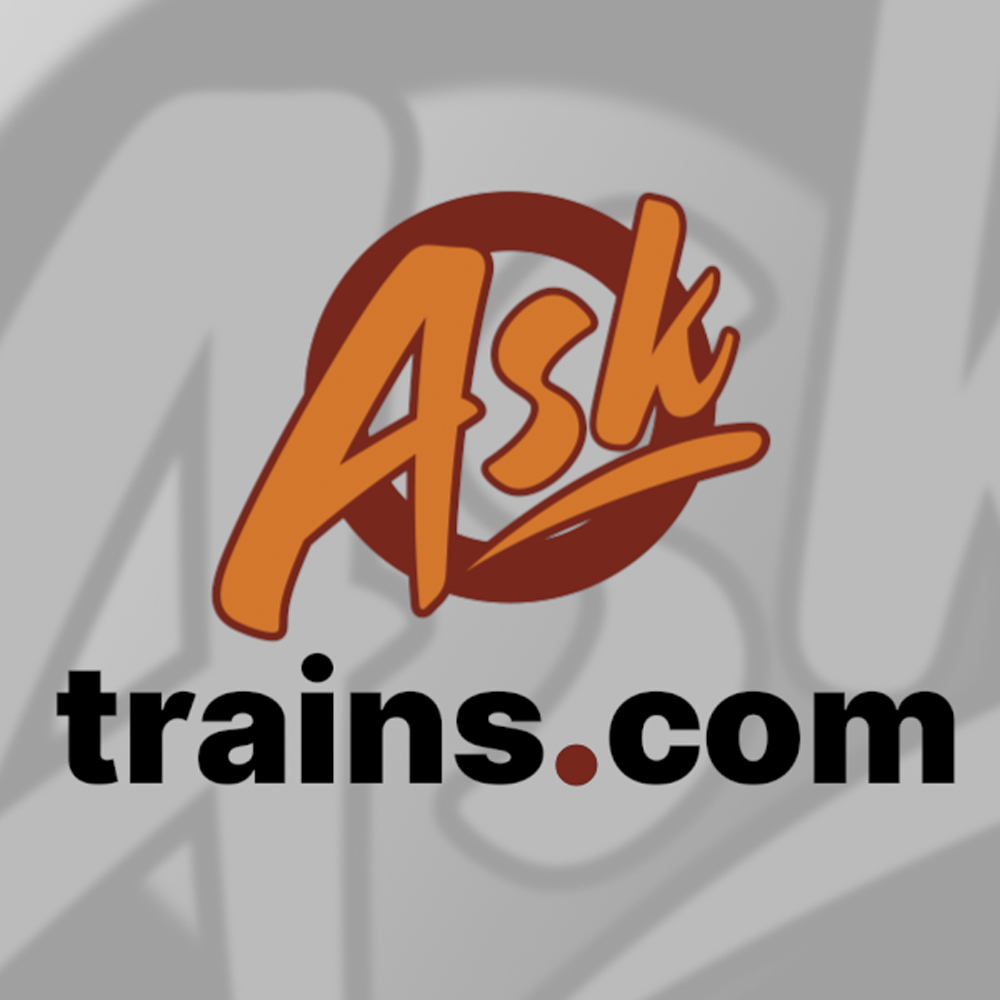Answer: A complete answer is available in Trains’ online “ABCs of Railroading” under the title: Locomotive classification lights.
Here’s an excerpt that answers your question well: “The purpose of classification lights [and flags during the day] was to help identify the train on which they were displayed. The three colors and their meanings were as follows:
“White. Indicated an “extra” train not shown in the timetable. For much of railroad history, train-movement authority was granted by timetables. If a train was listed in the timetable, it had the authority to operate according to its printed schedule. Deviations from the timetable, such as a train running late, were handled with train orders from the dispatcher. Under this “timetable-and-train-order” system, it was important that trains kept as close to schedule as possible, and that any special trains not shown in the timetable be clearly identified as such with a white light. Many freight trains operated as extras, and thus carried a white classification signal.
“Green. Indicated that, while the train displaying the lights was a regularly scheduled one, a second section was following behind it. This was done, for example, when ridership demand exceeded the capacity of a single passenger train. If there were too many passengers for a single section of, say, New York Central’s 20th Century Limited, a second section was operated, and, if needed, a third, fourth, fifth, and even sixth. The engine of each section except the last would display green lights. While each section was a separate entity, the timetable’s “train 25” would not be considered to have passed a given point until the last section of the train had gone by. For operational convenience, special trains that otherwise might have carried white “extra” signals were sometimes operated as advance or second sections of regular, but unrelated, trains.
“Red. Indicated the end of a train. A train, be it a single engine, a group of engines, or an engine(s) with cars, must have a marker on the rear end. In the (relatively rare) situations when the last element in a train would be a locomotive, the red lights would be lit.” — Trains staff















Marker lights on the rear of trains usually showed red to the rear and green laterally. The New York Central used one red and one either yellow or red to the rear when on tracks #3 and #4 (the slower speed freight tracks) so that overtaking trains on the higher speed tracks #1 or #2 would immediately know what track the slower train was on.